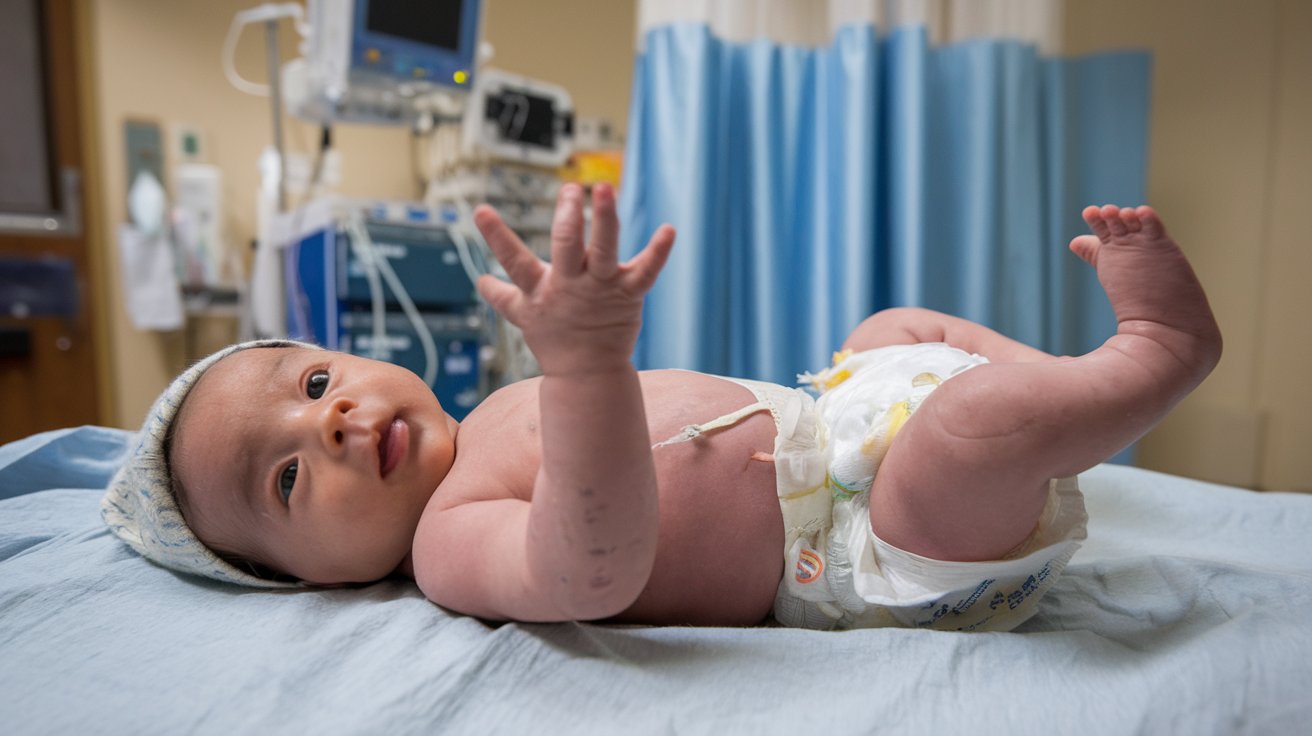
Congenital Articular Rigidity might sound like a mouthful, but it’s a condition that affects many people worldwide. What exactly is it? In simple terms, it’s a condition where joints are stiff from birth, making movement difficult. This can impact daily activities, from walking to holding objects. Understanding this condition can help in managing it better. Why should you care? Knowing more about Congenital Articular Rigidity can help you support those who have it or even recognize symptoms early. Whether you’re a student, a parent, or just curious, these 30 facts will shed light on this intriguing condition. Get ready to learn something new and possibly life-changing!
Key Takeaways:
- Congenital Articular Rigidity (CAR) is a rare condition that affects joints from birth, causing stiffness and limited movement. Early diagnosis and a combination of therapies are crucial for managing this condition effectively.
- Living with CAR requires support from family, friends, and healthcare providers. Joining support groups, educating oneself and others, using adaptive equipment, and maintaining a healthy lifestyle can enhance independence and overall well-being.
Understanding Congenital Articular Rigidity
Congenital Articular Rigidity (CAR) is a rare condition affecting the joints from birth. It can lead to stiffness, limited movement, and other complications. Here are some intriguing facts about this condition.
-
Congenital Articular Rigidity is present at birth. This condition is not acquired later in life but is evident from the moment a baby is born.
-
It affects the joints. CAR primarily impacts the joints, causing them to be stiff and less flexible.
-
Genetic factors play a role. The condition often has a genetic component, meaning it can run in families.
-
It can be part of a syndrome. Sometimes, CAR is a symptom of a larger syndrome, such as Arthrogryposis Multiplex Congenita.
-
Muscle weakness is common. Many individuals with CAR also experience muscle weakness, which can exacerbate joint stiffness.
Symptoms and Diagnosis
Recognizing the symptoms and getting a proper diagnosis is crucial for managing CAR effectively.
-
Limited joint movement is a key symptom. One of the most noticeable signs is the restricted movement of the affected joints.
-
Joint deformities may occur. Over time, the joints can become deformed due to the constant stiffness.
-
Early diagnosis is essential. Diagnosing CAR early can help in managing the condition better and improving the quality of life.
-
Physical exams are crucial. Doctors often rely on physical examinations to assess the extent of joint rigidity.
-
Imaging tests can help. X-rays and MRIs are commonly used to get a detailed look at the affected joints.
Treatment and Management
Managing CAR involves a combination of therapies and sometimes surgical interventions.
-
Physical therapy is vital. Regular physical therapy can help maintain joint flexibility and strength.
-
Occupational therapy aids daily activities. Occupational therapists assist individuals in performing everyday tasks more easily.
-
Surgery may be necessary. In severe cases, surgical procedures might be required to correct joint deformities.
-
Medications can alleviate symptoms. Pain relievers and anti-inflammatory drugs are often prescribed to manage discomfort.
-
Assistive devices are useful. Braces, splints, and other assistive devices can help support the joints and improve mobility.
Living with Congenital Articular Rigidity
Living with CAR requires adjustments and support from family, friends, and healthcare providers.
-
Support groups provide emotional help. Joining support groups can offer emotional support and practical advice from others facing similar challenges.
-
Education is important. Educating oneself and others about CAR can lead to better understanding and support.
-
Adaptive equipment can enhance independence. Tools like modified utensils and dressing aids can make daily tasks easier.
-
Regular check-ups are necessary. Frequent visits to healthcare providers ensure that the condition is monitored and managed effectively.
-
Healthy lifestyle choices matter. Maintaining a healthy diet and staying active within one's limits can improve overall well-being.
Research and Future Directions
Ongoing research aims to better understand CAR and develop more effective treatments.
-
Genetic research is promising. Scientists are exploring the genetic basis of CAR to find potential treatments.
-
Stem cell therapy is being studied. Researchers are investigating the use of stem cells to repair or replace damaged tissues.
-
New medications are in development. Pharmaceutical companies are working on new drugs to alleviate symptoms and improve joint function.
-
Patient registries help track progress. Registries collect data from individuals with CAR to better understand the condition and its progression.
-
Clinical trials offer hope. Participating in clinical trials can provide access to cutting-edge treatments and contribute to scientific knowledge.
Raising Awareness
Increasing awareness about CAR can lead to better support and resources for those affected.
-
Awareness campaigns make a difference. Campaigns can educate the public and healthcare professionals about CAR.
-
Advocacy groups play a crucial role. These groups work to improve policies and resources for individuals with CAR.
-
Social media spreads the word. Platforms like Facebook and Twitter can help share information and connect people.
-
Educational materials are essential. Brochures, websites, and videos can provide valuable information about CAR.
-
Community involvement is key. Engaging the community in awareness efforts can lead to greater support and understanding.
Final Thoughts on Congenital Articular Rigidity
Congenital Articular Rigidity, often called CAR, affects many people worldwide. Understanding its symptoms, causes, and treatment options can make a big difference in managing the condition. Early diagnosis and intervention are crucial for improving the quality of life for those affected. Physical therapy, medications, and sometimes surgery can help manage symptoms and improve mobility.
Staying informed and working closely with healthcare providers ensures the best possible outcomes. Support from family and friends also plays a vital role in coping with the challenges of CAR. Remember, knowledge is power. The more you know about CAR, the better equipped you'll be to handle it.
So, keep learning, stay proactive, and don't hesitate to seek help when needed. Your journey with CAR doesn't have to be faced alone.
Frequently Asked Questions
Was this page helpful?
Our commitment to delivering trustworthy and engaging content is at the heart of what we do. Each fact on our site is contributed by real users like you, bringing a wealth of diverse insights and information. To ensure the highest standards of accuracy and reliability, our dedicated editors meticulously review each submission. This process guarantees that the facts we share are not only fascinating but also credible. Trust in our commitment to quality and authenticity as you explore and learn with us.


